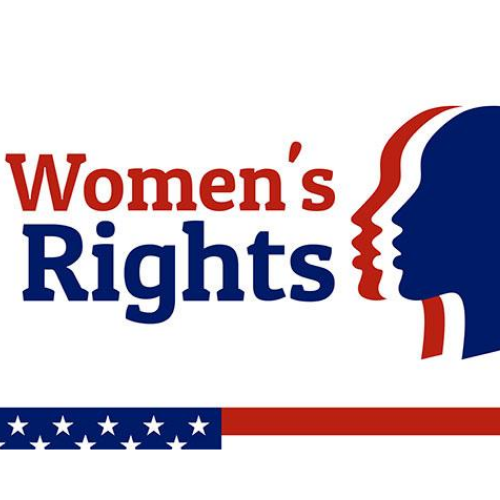THE LADY WAS A SUFFRAGETTE

I’ve done some reading about the women’s suffrage movement in preparation for this blog, but also to remind myself of the history I learned long ago. I’ve always felt a sense of pride when I think of women marching for equality in their long white skirts, wearing hats full of flowers. Those ladies marched to give me the right to vote.

August 26, 2020, marks 100 years since the certification of the 19th Amendment giving women the right to vote. But the story doesn’t start or stop there. It began decades before in the 1800s and, unless you were white, the struggle went on for decades beyond 1920. In the end, our foremothers won victory behind a strategy that would maintain white, native supremacy by outnumbering the votes of black men and immigrants with the votes of white women. Not pretty, I know, but it’s important to get the story straight. The reality is that women of color – African American, Asian American, Latinx, Native – all fought alongside their white sisters, but did not win the same victory. For some it would be 1965, before voting rights were won. For others, voting protection would not be legally mandated until 1975.
Women’s suffrage has a complicated history, to say the least.

The history of the battle to win the vote includes some familiar names – Susan B. Anthony, Elizabeth Cady Stanton, Amelia Bloomer, Carrie Chapman Catt, Lucretia Mott, Lucy Stone and the list goes on.
And some not-so-familiar names including Native women like Gertrude Simmons Bonnin, also known as Zitkala-Sa, and Susette La Flesche Tibbles, Latina women like Jovita Idar and Asian-American women like Mabel Ping-Hua Lee. African-American suffragettes included Sojourner Truth, Frances Ellen Watkins Harper, Josephine St. Pierre Ruffin, Ida B Wells-Barnett, Adella Hunt Logan and Mary Church Terrell.

The foregoing is a far cry from a complete list of the rainbow of suffragettes who fought for our equality. But I’ll be back with a more in depth look at the women who fought the war in a subsequent post.
The Birth of a Movement
Who knows when the women’s suffrage movement really started in the United States. I have a feeling it began in the hearts of women well before the Seneca Falls Convention in 1848 – said to be the official beginning of the women’s suffrage battle. Women were fighting for social, civic and religious equality – they wanted the whole ball of wax.
It was during the Seneca Falls Convention that Elizabeth Cady Stanton presented her manifesto, the Declaration of Sentiments and Grievances. It was a call to action for women to fight for their right to equality as United States citizens guaranteed by the Constitution.
Mrs. Stanton did a good job of describing what they were fighting for in this excerpt from the Declaration of Sentiments and Grievances. She did not mince her words.
“We are assembled to protest against a form of government, existing without the consent of the governed—to declare our right to be free as man is free, to be represented in the government which we are taxed to support, to have such disgraceful laws as give man the power to chastise and imprison his wife, to take the wages which she earns, the property which she inherits, and, in case of separation, the children of her love.”
The first time I read this passage, I felt it in my gut. It was nearly impossible for me to believe that my grandmothers were born into the world illuminated by those words. One thing's for sure: it was serious business and the suffragettes were in it to win it. Because it was about more than the vote. They were demanding to be equal to men.

The 19th Amendment to the Constitution of the United States was passed on June 4, 1919 and ratified on August 18, 1920. Women’s Equality Day is celebrated on August 26th, because that was the day the amendment was certified. It took over 70 years. Had the 19th worked out for everyone and had no nefarious shenanigans ensued, that would have been that. But there’s so much more story to tell, that I’ll continue it in my next blog. Specifically, I’ll be back to talk about some of the women who fought for our freedom.
The fight for women’s right to vote was complicated, painful and hard won and it didn’t end in 1920, for a lot of women. Let’s learn from the lessons of our past, march toward the future and remember that as women we are stronger and more powerful when we all stand together. Every one of us – no one left behind.


Leave a comment